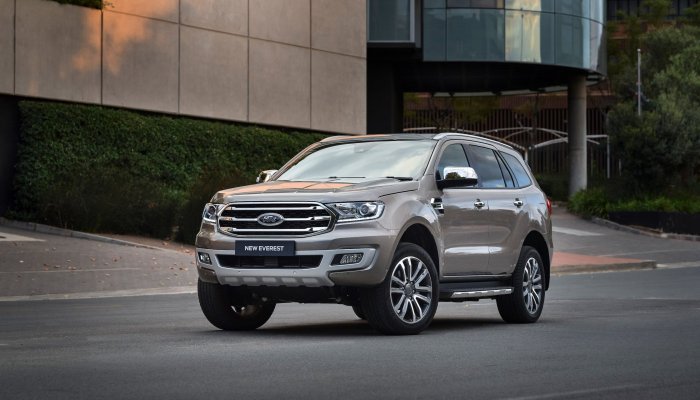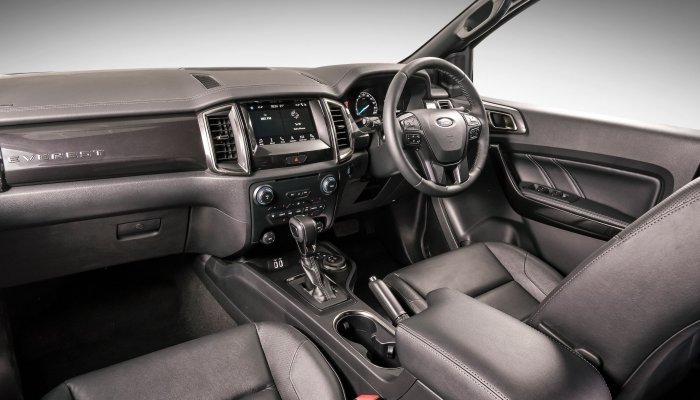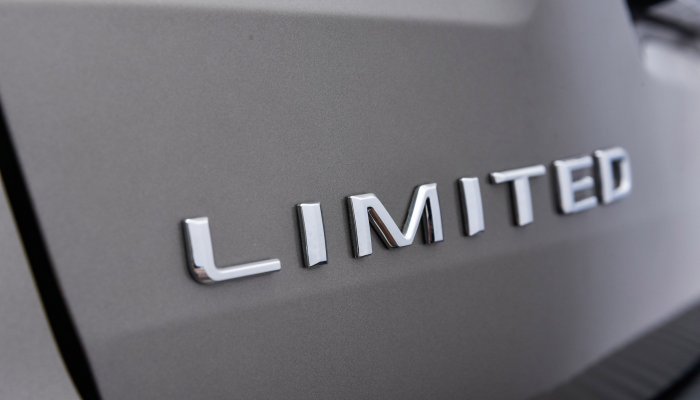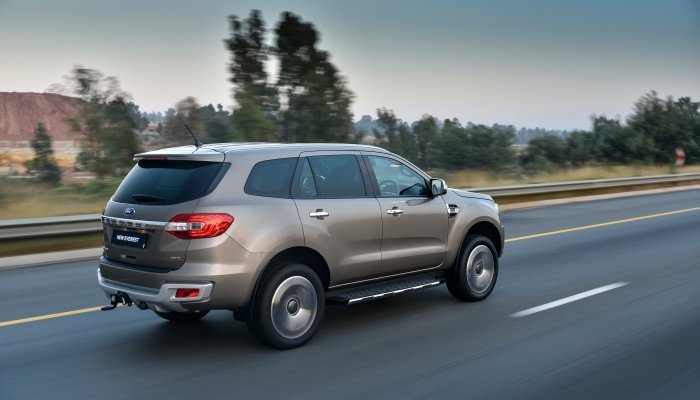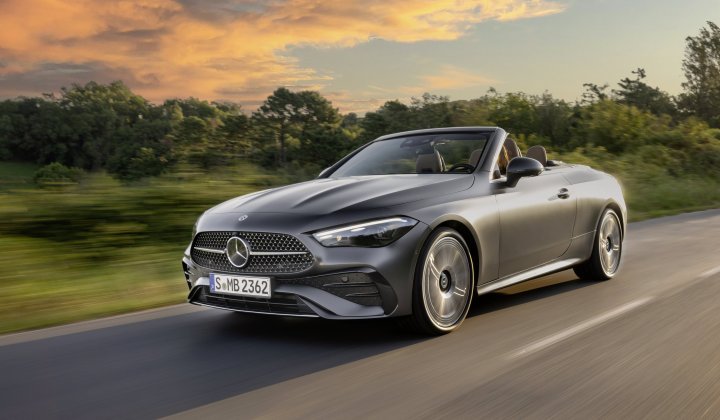WHAT IS IT?
Bakkie-based SUVs are big business here in the R of SA. The Toyota Fortuner leads the pack by a fair distance, but the Everest always turns over fair numbers, while the Mitsubishi Pajero Sport is a brilliant option that doesn’t do as well, which is also true of the Isuzu MU-X.
The Everest was given a lifespan-extending facelift in 2019, while this model is the very peak of the Everest, the Limited model.
WHY THIS?
Like the Fortuner, the Everest is built here in South Africa, just outside Pretoria, and buying Proudly South African is always a great idea. There are many more reasons to buy an Everest though, and the Limited model in particular. The Limited has all the bells and whistles, and bling to match it.
OUTSIDE
The Everest is big, bold and very American in design – just one of the reasons why it is so popular. The Limited model has the most bling in the range, with chrome accents on the grille, massive 20-inch alloy wheels (18-inch are an option), side steps, high-intensity discharge (HID) headlamps (with automatic levelling and auto high-beam control) and LED daytime running lights. It’s a handsome car full of presence.
INSIDE
It’s hard to believe that the Everest is based on a bakkie when you’re sitting in the driver’s seat: an 8-inch touchscreen display dominates the dash, and it offers Bluetooth connectivity, navigation and voice control, playing music through 10-speakers. Then there’s dual-zone climate control, a steering-wheel with a myriad of buttons on it, and extra features like full-colour digital instrumentation and reverse camera.
Every Everest has seven seats, which many of us look for in an SUV, and the 50:50-split third row is electrically operated on the Limited. This makes life a little easier, as all you need to do is press a button in the boot, and the seat goes up or down. The front seats are also electrically operated as well as heated, while all seven seats are covered in leather.
THE DRIVE
The Everest is a true 4x4 with low-range, 225mm of ground clearance, locking rear-diff and even a Terrain Management System. The 20-inch wheels don’t make sense if you want to go off-road though – rather opt for the 18-inch option, which are covered in a thicker layer of rubber.
Under the bold bonnet lie 157kW and 500Nm, produced by a 20lite diesel engine with twin turbos. It’s a great engine: smooth, powerful and refined.
Sometimes in life more isn’t better, and I found this the case with the Everest’s 10-speed automatic gearbox. It’s brilliant on paper, but I don’t see how it’s better in real life than a good six-speed ‘box. In fact, the 10-speed seems to be constantly changing gears without ever being in the right one.
FINAL WORD
Bakkie-based SUVs fulfil so many needs and desires, and the Everest is deservedly one of the most popular on the road. This Limited model is fully kitted, at a price, but if you’d rather have the 3.2-litre turbodiesel engine with 4x4 and 6-speed auto box this can also be found in the range, as can the 2-litre with one turbo and the 10-speed box.
GO GET IT
The Everest range starts at R552 500, while the Limited model that we tested is priced at R819 400. All models come standard with Ford Protect, comprising a 4-year/120 000km comprehensive warranty, 3-year/unlimited distance roadside assistance and 5-year/unlimited km corrosion warranty. A 6-year/90 000km service plan is included, with 15 000km service intervals. Visit www.ford.co.za for more information.
The hits
Brash styling
Great interior
Powerful engine
4x4 credentials
The misses
The gearbox


